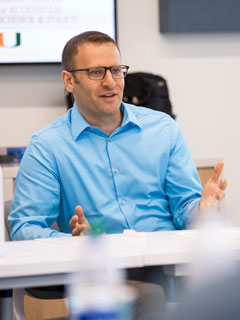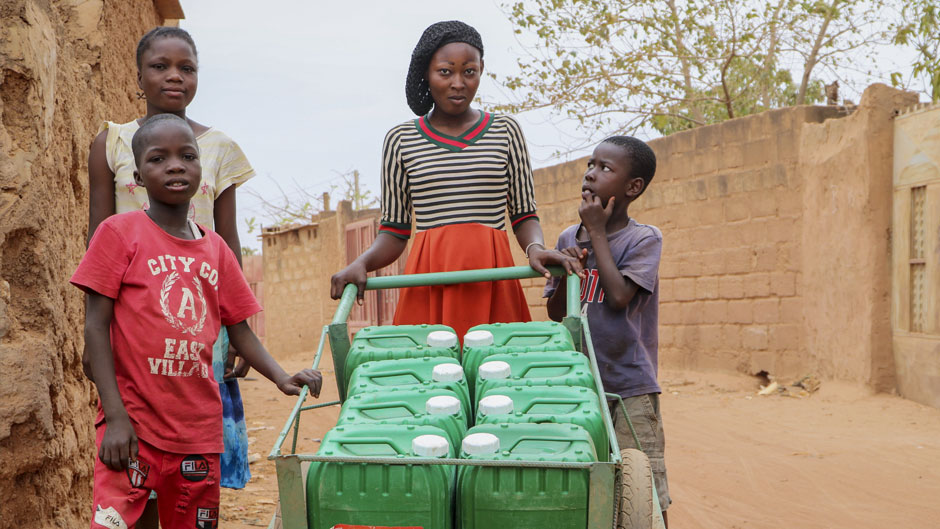For people who do not have easy access to safe, affordable drinking water, maintaining personal hygiene and physical distancing to stem the global outbreak of COVID-19 is no simple task, research led by Justin Stoler, University of Miami associate professor of geography and public health sciences, indicates.
“When you are struggling for water, there are all these cascading ways that it can affect your health—it makes you more likely to be sick, stressed out, or have other vulnerabilities,” he said. “Inadequate water security can be a multiplier effect for COVID-19 risk and lead to more severe cases.”
Stoler, along with professors Wendy Jepson of Texas A&M University and Amber Wutich from Arizona State University, recently published their research in the Journal of Global Health. They describe how inadequate water access increases the risk for COVID-19 in many ways beyond limiting handwashing. Stringent physical distancing measures imposed as a result of COVID-19 are not always compatible with the realities of people living in the most impoverished regions of the world—such as sub-Saharan Africa and South Asia—who often obtain water from outside the home.

“In the same way that New York City’s high population density made it a hotspot for COVID-19, megacities like Lagos, Nigeria, or Mumbai, India, with large urban slums are likely to be future hotspots across the global south,” Stoler said, noting that Rio de Janiero and São Paolo, Brazil, are already seeing rapid transmission. “The density of these cities, compounded by the lack of services, will make it worse.”
Typical social distancing measures that we take for granted in the United States will be even more challenging to follow for families living without basic water and sanitation services, Stoler said. When people experience water insecurity—which is a lack of access to affordable, adequate, reliable, and safe drinking water—it becomes more challenging for them to collect water needed for basic personal hygiene, such as handwashing. And, it is difficult for them to have enough water to sanitize surfaces.
These problems also exist in the U.S. in places like the Navajo Nation, where many live without running water. And in inner-city areas, some low-income residents who have lost jobs have had their water service shut off because they can’t pay the bill.
Additionally, many communities compensate for a lack of access to water by sharing a water source, which also contradicts physical distancing guidelines. And, some families must reuse water storage containers, which could raise the possibility of contamination or transmission of the virus, as well.
“Water sharing can facilitate COVID-19 transmission through close interpersonal interactions—often in other people’s living quarters—and physical contact with containers and taps,” the authors wrote in their study.
And, in communities where people often line up to fill their home’s buckets with water at a communal tap or at a body of water, it is difficult to maintain a large separation between families. For people who must collect the water, the researchers wrote, visiting a source alone could be dangerous because of treacherous terrain or, for women, threat of harassment and assault.
Stoler and his collaborators co-lead the Household Water Insecurity Experiences Research Coordination Network (HWISE-RCN), which has funding from the National Science Foundation through 2023. Stoler is currently leading a follow-up study with the HWISE-RCN that analyzed data from 8,297 households across 23 countries to quantify how COVID-19 is most likely to affect families who experience water insecurity. Their analysis shows that 71 percent of households face at least one water problem that could interfere with COVID-19 prevention, Stoler said.
When drafting guidelines to temper the infection rates for COVID-19, Stoler said, it is imperative that public health officials consider the lack of access to safe drinking water that the poor face.

